
Exquisite Sandals and Loafers Collection
January 20, 2024
Tying The Knot in Style
January 20, 2024In the ever-changing world of fashion, silhouettes play a pivotal role in defining the aesthetics and ethos of an era. From the voluminous crinolines of the Victorian age to the sleek lines of modern minimalism, the silhouette is a powerful storytelling tool that reflects societal norms, technological advancements, and cultural shifts. Understanding the evolution of silhouettes in fashion history not only offers insight into the past but also provides a lens through which to view contemporary trends and future innovations. Join us as we explore the fascinating journey of silhouettes and their enduring impact on the sartorial landscape.
Historical Context: The Shaping of Style Through the Ages
Fashion is not just about clothing; it’s a reflection of social, economic. And political changes, encapsulating the spirit of each era. The silhouette, or the shape that clothing creates on the body, is particularly telling of these shifts. This section examines how key historical periods, including the Victorian era. The Roaring Twenties, and the 1950s, have uniquely influenced the evolution of fashion silhouettes.
Victorian Elegance and Excess
The Victorian era, named after Queen Victoria, who reigned from 1837 to 1901. Was characterized by its restrictive and demure fashion standards, mirroring the period’s stringent social mores. Women’s fashion during this time emphasized a cinched waist and full hips, achieved through corsetry that exaggerated the hourglass figure. The crinoline, introduced in the 1850s, and later the bustle, added dramatic volume to skirts. Showcasing the era’s fascination with opulence and status. With the introduction of the sack suit that slowly began to replace the more restrictive tailcoat. Offering a slightly more relaxed silhouette that hinted at the gradual relaxation of social norms.
The Roaring Twenties: A Break with Tradition
The 1920s marked a stark departure from the previous fashion norms. Post World War I, society embraced a more carefree lifestyle, and women’s fashion reflected this liberation. The iconic flapper dress boasted a loose, straight silhouette. A drastic shift from the curvaceous, restrictive styles of the Victorian era. This silhouette not only rejected the tightly corseted waist but also allowed for greater movement and freedom. Symbolizing the era’s progressive spirit. Men’s fashion also saw a simplification during this period, with suits becoming more fitted and the introduction. Of sportswear elements reflecting a more casual approach to male attire.
1950s: The Return to Glamour
Seize the allure of the unpredictable with Power Day Sale’s eclectic range of minidresses. Our collection offers a playful versatility that can cater to every taste and occasion. From the cheeky charm of our sequined numbers to the understated elegance of our solid-color staples. These minidresses are an ode to the modern woman who celebrates her individuality. Power Day Sale ensures that every minidress hangs in your wardrobe as a token of fashion-forward thinking and contemporary chic, promising an instant boost of style where needed
-
Product on sale
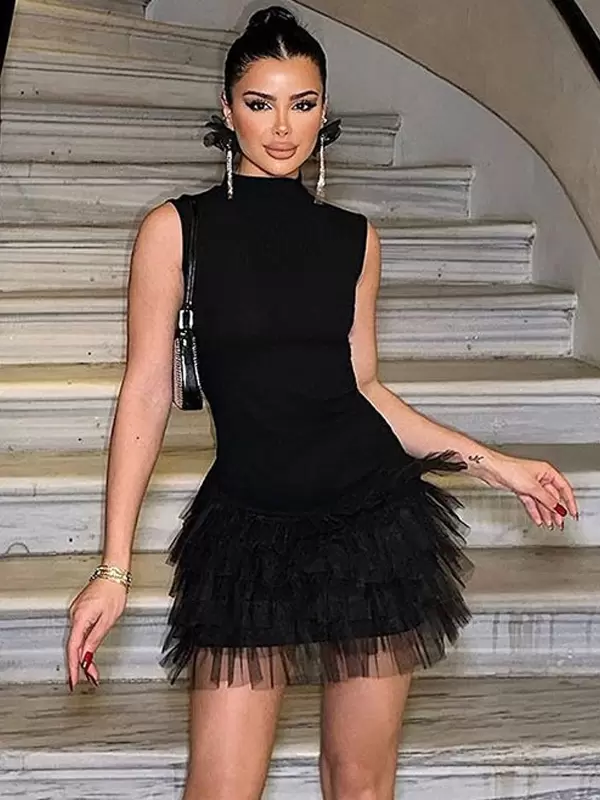 Dress Mini Dresses High Collar Ruffles Organza Beach DressOriginal price was: $59.98.$52.48Current price is: $52.48.
Dress Mini Dresses High Collar Ruffles Organza Beach DressOriginal price was: $59.98.$52.48Current price is: $52.48. -
Product on sale
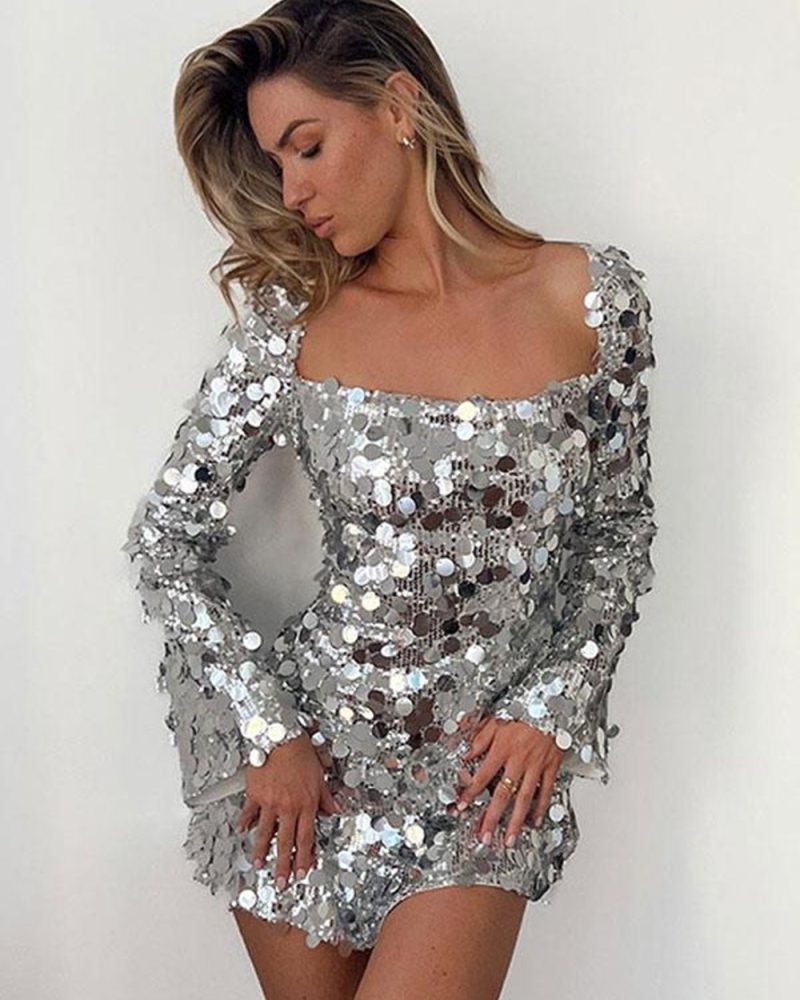 Glitter Birthday Party Square Neck Backless Long Sleeves Mini DressesOriginal price was: $69.98.$52.48Current price is: $52.48.
Glitter Birthday Party Square Neck Backless Long Sleeves Mini DressesOriginal price was: $69.98.$52.48Current price is: $52.48. -
Product on sale
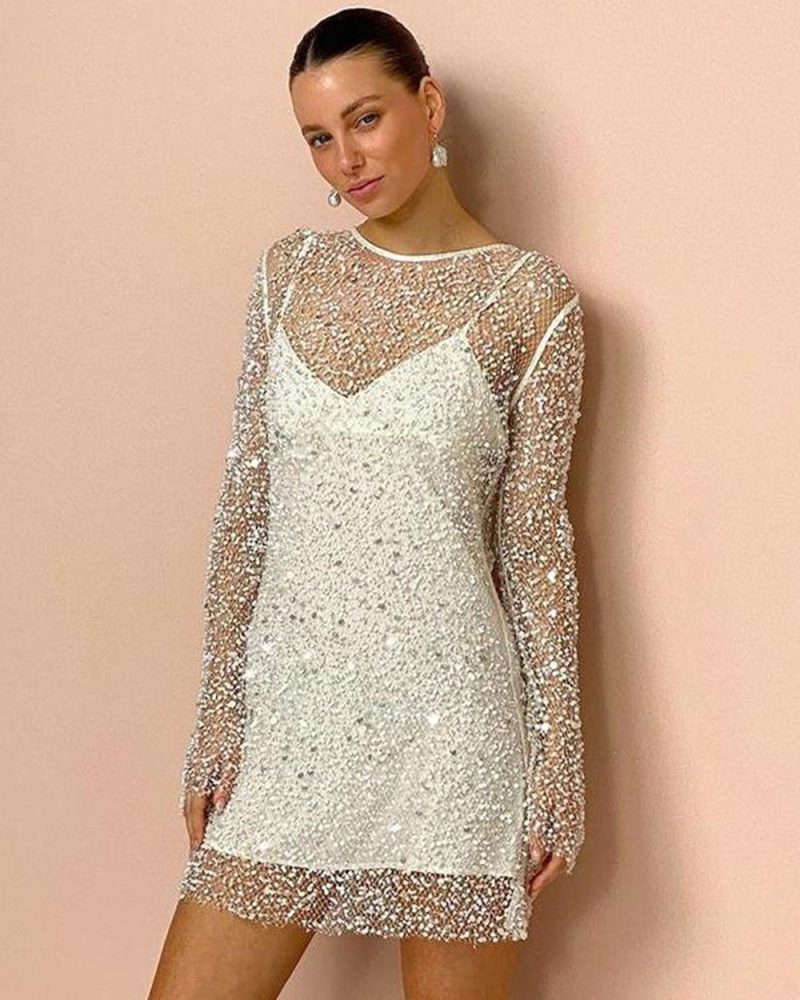 Mini Dresses Long Sleeves Sequins Polyester Convertible Short Dress For WomenOriginal price was: $59.98.$44.98Current price is: $44.98.
Mini Dresses Long Sleeves Sequins Polyester Convertible Short Dress For WomenOriginal price was: $59.98.$44.98Current price is: $44.98. -
Product on sale
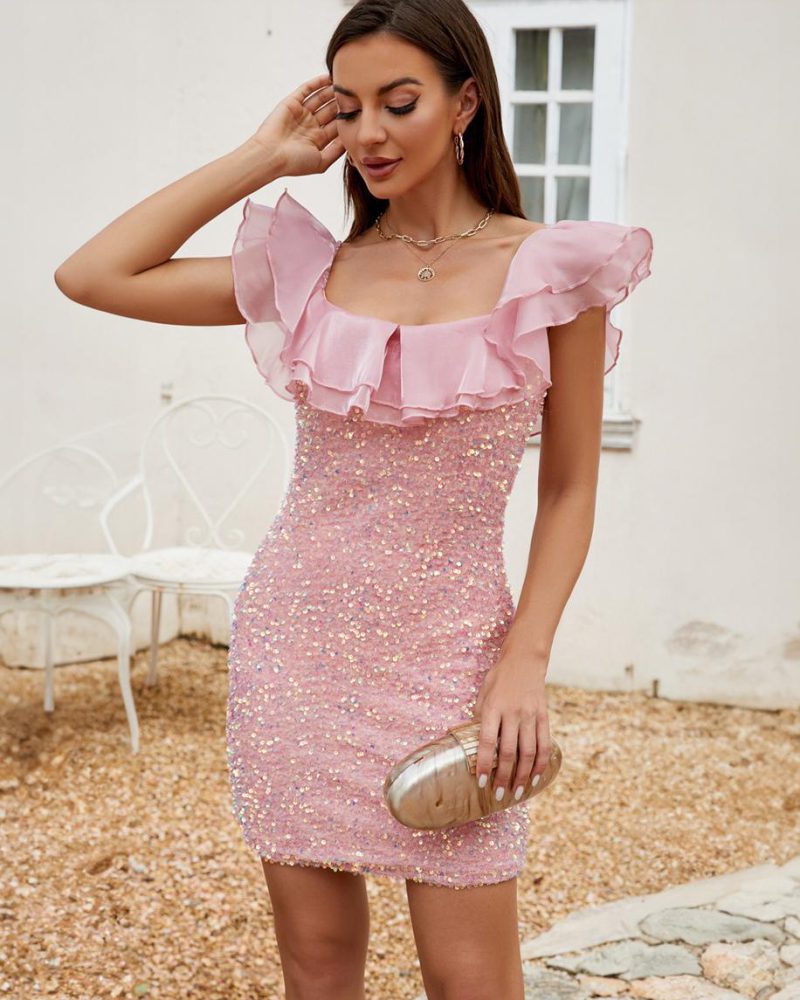 Sequins Dress Ruffles Trim Cocktail Party Mini Dresses In PinkOriginal price was: $125.97.$104.97Current price is: $104.97.
Sequins Dress Ruffles Trim Cocktail Party Mini Dresses In PinkOriginal price was: $125.97.$104.97Current price is: $104.97. -
Product on sale
 1920S Party Dresses V-Neck Sequins Sleeveless Semi Formal DressOriginal price was: $86.97.$72.47Current price is: $72.47.
1920S Party Dresses V-Neck Sequins Sleeveless Semi Formal DressOriginal price was: $86.97.$72.47Current price is: $72.47. -
Product on sale
 Sexy Sequins Lace Feather Mini DressOriginal price was: $183.00.$146.40Current price is: $146.40.
Sexy Sequins Lace Feather Mini DressOriginal price was: $183.00.$146.40Current price is: $146.40. -
Product on sale
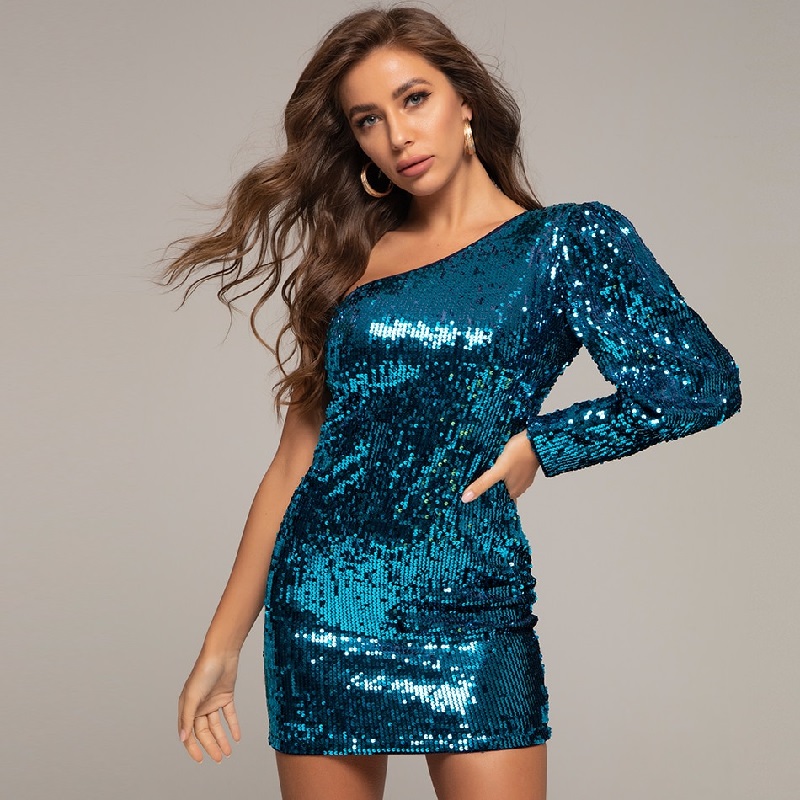 Sexy Long Sleeve Sequins One Shoulder Mini DressOriginal price was: $120.00.$71.79Current price is: $71.79.
Sexy Long Sleeve Sequins One Shoulder Mini DressOriginal price was: $120.00.$71.79Current price is: $71.79. -
Product on sale
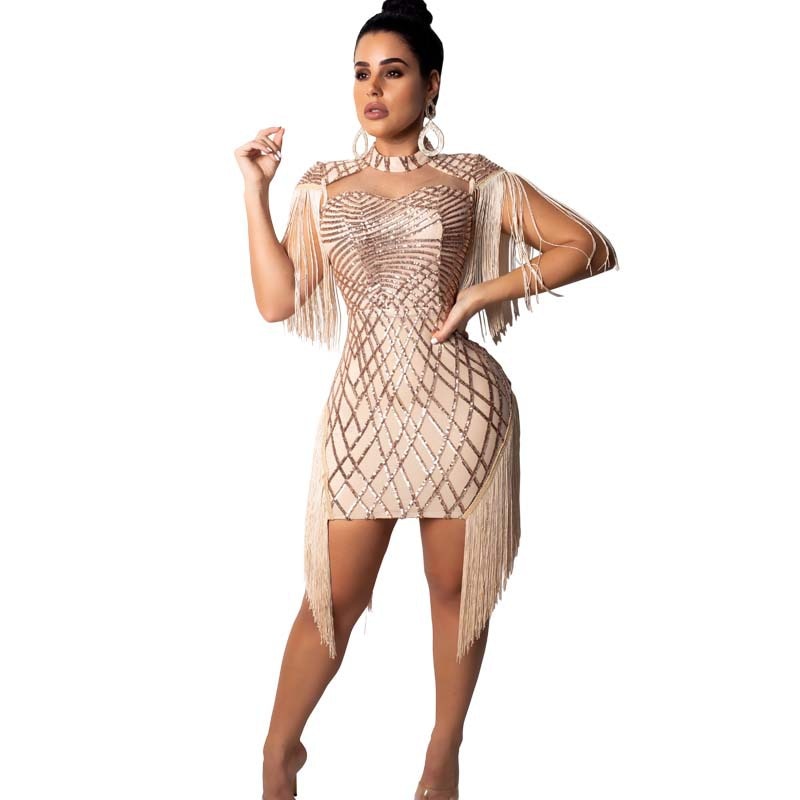 Bodycon Sequin Elegant Corset Prom Evening Party Club Mini Dress VestidosOriginal price was: $64.16.$41.99Current price is: $41.99.
Bodycon Sequin Elegant Corset Prom Evening Party Club Mini Dress VestidosOriginal price was: $64.16.$41.99Current price is: $41.99.
The Evolution of Silhouettes in Fashion History
Fashion is not just about clothing; it is a reflection of societal changes, technological advancements, and cultural shifts. One of the most fascinating aspects of fashion is the evolution of silhouettes, which have undergone dramatic transformations throughout history. From the tightly corseted waists of the 19th century to the minimalist lines of the 21st century. Each change in silhouette has been influenced by broader social movements. Economic factors, and the visionary designers who dared to redefine the norms of their time.
Influential Designers: Pioneers of Change
Paul Poiret: The Liberator of the Female Form
At the dawn of the 20th century, fashion was dominated by the hourglass figure, a silhouette heavily dependent on corsets. However, Paul Poiret, a Parisian couturier, revolutionized women’s fashion by liberating the body from the constraints of the corset. Poiret’s designs introduced flowing skirts and high-waisted empire line dresses, which emphasized comfort and natural beauty. His innovative use of draping techniques allowed the fabric to follow the natural contours of the body. Promoting a freedom of movement that was previously unimaginable in women’s fashion.
Christian Dior: Architect of the New Look
Post World War II, Christian Dior brought a new silhouette that would come to define the late 1940s and 1950s. His iconic “New Look” debuted in 1947, featuring rounded shoulders, a cinched waist, and a full skirt. This look celebrated opulence and femininity, a stark contrast to the utilitarian styles prevalent during the war years. The New Look silhouette became synonymous with luxury and elegance, influencing women’s fashion for decades.
Yves Saint Laurent: The Gender Bender
Yves Saint Laurent, another influential French designer, challenged the traditional gender norms through his innovative designs. In the 1960s, he introduced Le Smoking tuxedo suit for women, which was revolutionary. As it provided women with an alternative to the traditional evening gown. This androgynous style blurred the lines between male and female fashion. Empowering women with a silhouette that combined elegance with practicality.
Rei Kawakubo: The Avant-Garde Visionary
Rei Kawakubo, the founder of Comme des Garçons, dramatically altered the fashion. Landscape in the 1980s with her avant-garde approach to design. Her creations often distorted the human body, creating asymmetrical, lumpy silhouettes. That stood in stark contrast to the accepted norms of beauty and proportion. Kawakubo’s designs were not just garments; they were statements on the form and function of fashion. Challenging the very essence of garment making. Her influence is evident in the rise of conceptual and deconstructed fashion that continues to challenge traditional aesthetics.
-
Product on sale
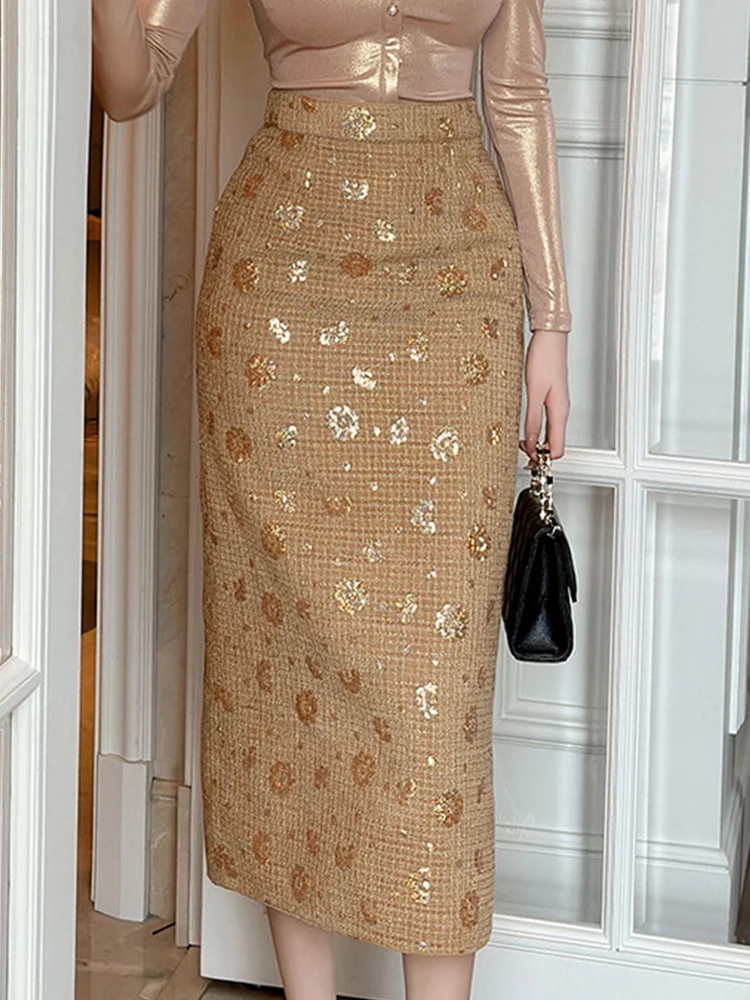 Sparkly Sequin Formal Occasion Slim Pencil Skirts Clothing Vintage Elegant Office High Waist Wrap Hip SkirtOriginal price was: $69.41.$43.64Current price is: $43.64.
Sparkly Sequin Formal Occasion Slim Pencil Skirts Clothing Vintage Elegant Office High Waist Wrap Hip SkirtOriginal price was: $69.41.$43.64Current price is: $43.64. -
Product on sale
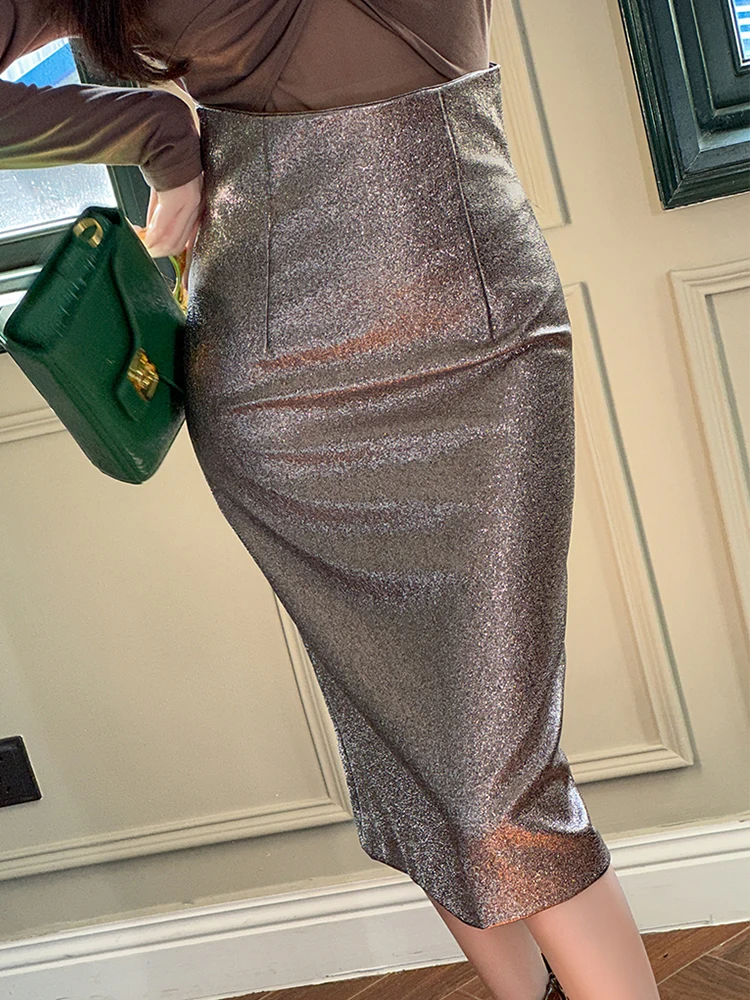 Fashion Faux Leather PU Sparkly Glitter Slim Pencil Skirts Elegant Solid High Waist Wrap Hip Skirt Outfits Party PromOriginal price was: $69.41.$43.64Current price is: $43.64.
Fashion Faux Leather PU Sparkly Glitter Slim Pencil Skirts Elegant Solid High Waist Wrap Hip Skirt Outfits Party PromOriginal price was: $69.41.$43.64Current price is: $43.64. -
Product on sale
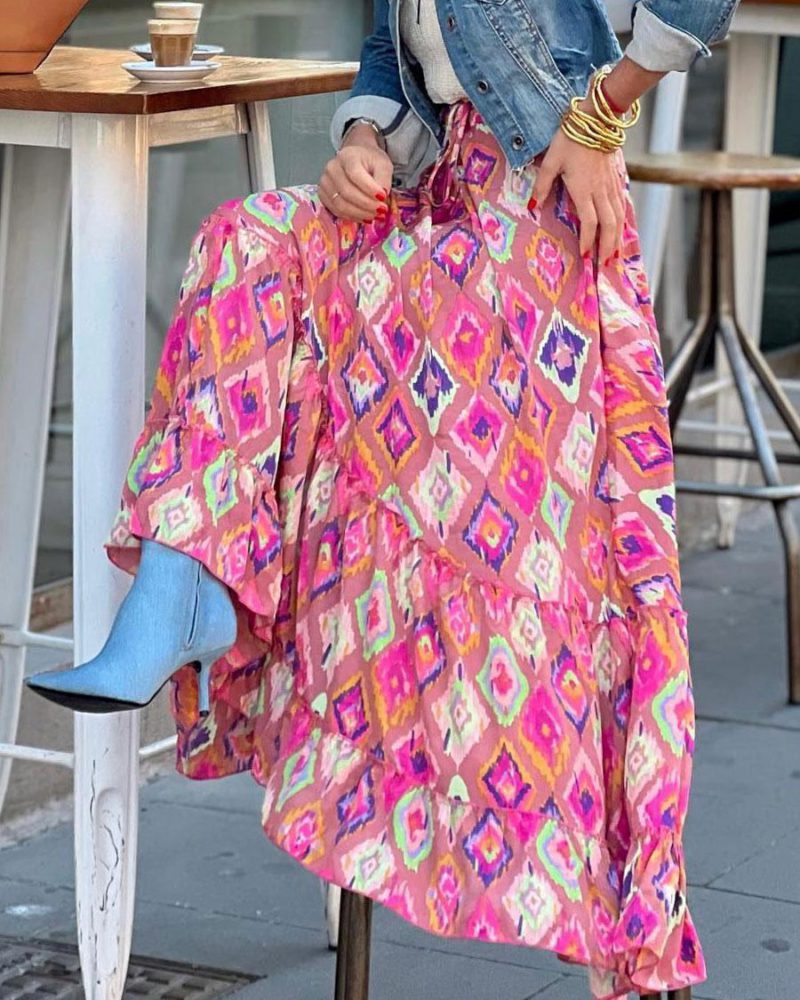 Elegant Raised Waist Skirt Ruffles Print Long Bottoms long SkirtsOriginal price was: $59.98.$52.48Current price is: $52.48.
Elegant Raised Waist Skirt Ruffles Print Long Bottoms long SkirtsOriginal price was: $59.98.$52.48Current price is: $52.48. -
Product on sale
 Elegant Elastic Waist Puff Sleeve Slim Floral Printed Vintage DressOriginal price was: $101.19.$84.33Current price is: $84.33.
Elegant Elastic Waist Puff Sleeve Slim Floral Printed Vintage DressOriginal price was: $101.19.$84.33Current price is: $84.33. -
Product on sale
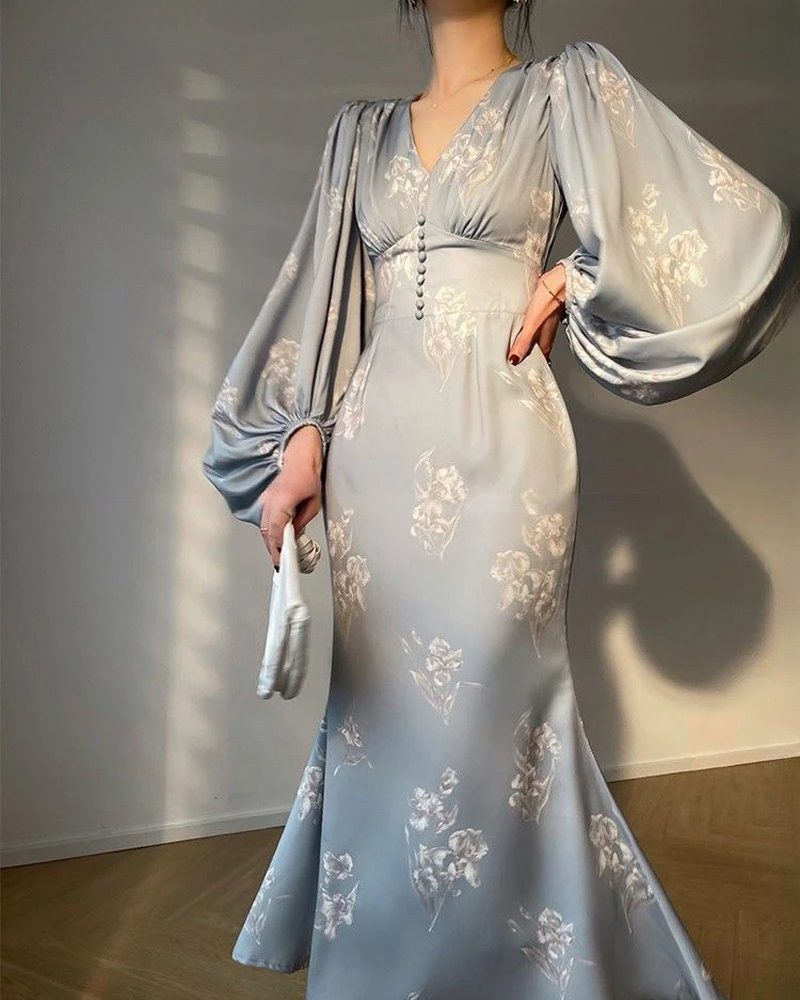 Elegant V-neck Vintage Slim Waist Ladies Vestidos Printed Mermaid DressOriginal price was: $98.19.$81.83Current price is: $81.83.
Elegant V-neck Vintage Slim Waist Ladies Vestidos Printed Mermaid DressOriginal price was: $98.19.$81.83Current price is: $81.83. -
Product on sale
 Birthday Maxi Dress Sleeveless Floor Length DressOriginal price was: $137.97.$114.97Current price is: $114.97.
Birthday Maxi Dress Sleeveless Floor Length DressOriginal price was: $137.97.$114.97Current price is: $114.97. -
Product on sale
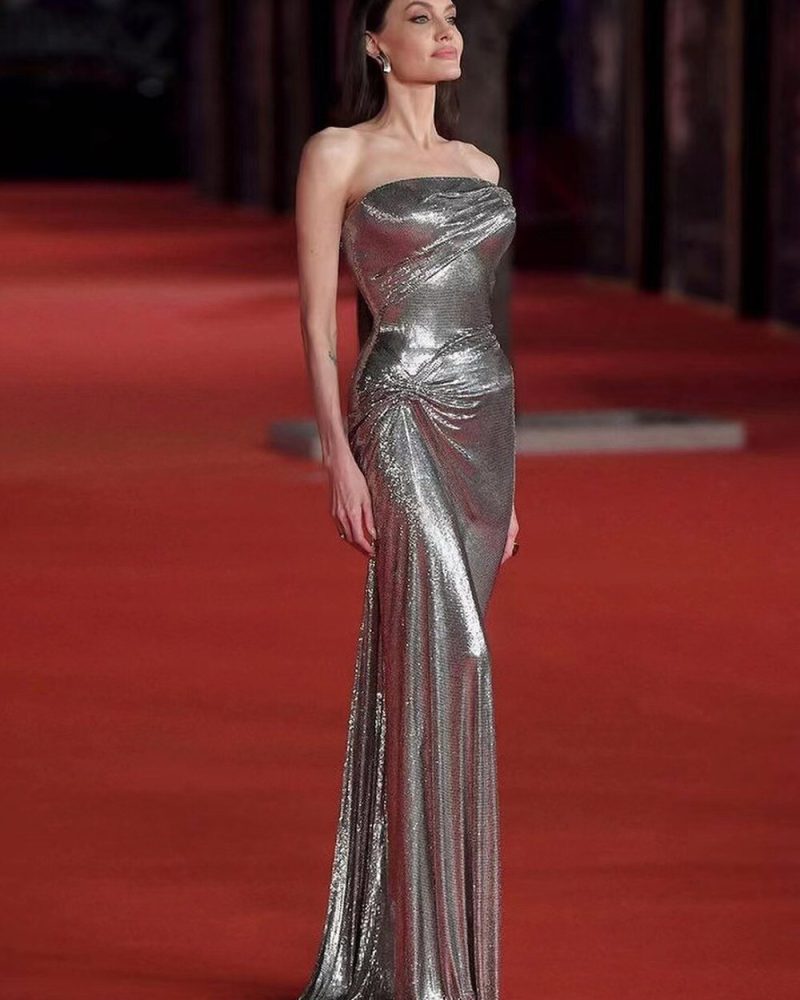 Silver Fashion Sexy Elegant Evening DressOriginal price was: $243.00.$194.40Current price is: $194.40.
Silver Fashion Sexy Elegant Evening DressOriginal price was: $243.00.$194.40Current price is: $194.40. -
Product on sale
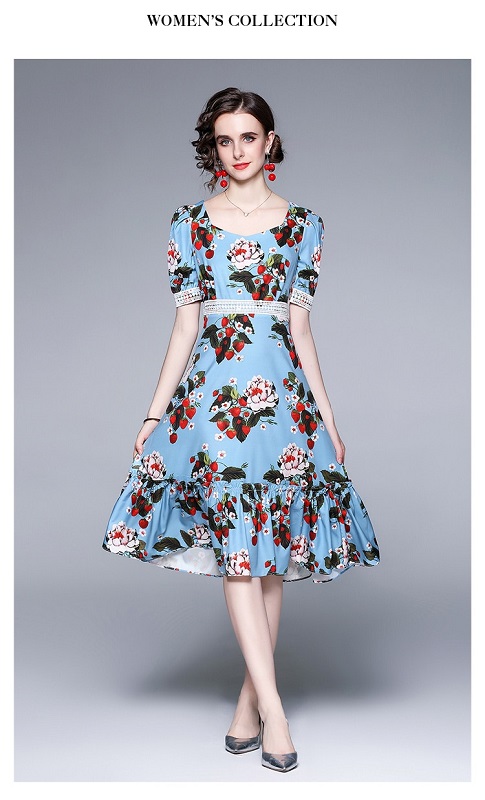 Cherry Flower Print Puff Short Sleeve Dress High Waist Lace Midi VestidosOriginal price was: $80.00.$39.60Current price is: $39.60.
Cherry Flower Print Puff Short Sleeve Dress High Waist Lace Midi VestidosOriginal price was: $80.00.$39.60Current price is: $39.60. -
Product on sale
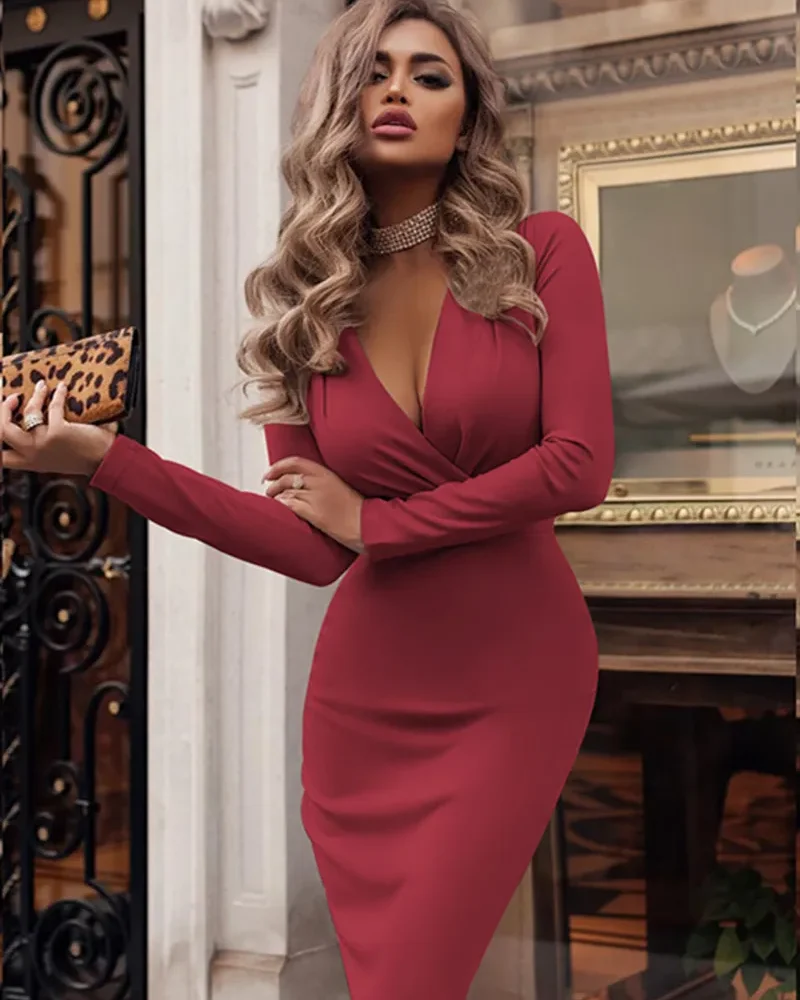 Vintage Solid French Style V Neck Elegant Slim High Waist Casual DressesOriginal price was: $57.85.$35.20Current price is: $35.20.
Vintage Solid French Style V Neck Elegant Slim High Waist Casual DressesOriginal price was: $57.85.$35.20Current price is: $35.20.
Modern Interpretations:
The world of fashion is a perpetual reinvention, where the old and new blend seamlessly, giving life to unique and dynamic styles. Contemporary designers, standing on the shoulders of history, often look back to move forward. The reinterpretation of historical silhouettes is not merely about revival; it’s about redefining these forms with modern sensibilities, technologies, and cultural narratives.
Innovative Fabric Use and Technological Integration
One of the most striking aspects of modern fashion interpretation is the use of innovative materials and technology. Historical silhouettes often come with their own set of limitations, primarily dictated by the textiles and techniques originally available. Contemporary designers challenge these boundaries by incorporating materials like smart fabrics, which can change color based on temperature, or incorporating LED technology for a futuristic glow. These advancements not only redefine how the silhouette interacts with the body but also how it functions in the modern world. For instance, Iris van Herpen merges cutting-edge technology with haute couture, reinterpreting historical opulence with materials that seem to transcend the fabric itself.
Deconstruction and Reconstruction
The deconstruction of classic silhouettes is another prevalent technique in the modern fashion arena. Designers like Rei Kawakubo of Comme des Garçons have masterfully taken apart traditional silhouettes only to reconstruct them in ways that challenge our perceptions of shape and form. By doing so, they create a dialogue between the past and the present, questioning the norms of beauty and proportion that have long been established by historical precedents. This method not only pays homage to the past but also critiques and redefines it, making historical silhouettes relevant in a new cultural context.
Cultural Fusion and Global Perspectives
In an increasingly globalized world, contemporary designers often draw inspiration from a variety of cultural histories, blending them into a single silhouette. This approach not only broadens the appeal of the designs but also creates a platform for cross-cultural dialogue through fashion. Designers like Yohji Yamamoto are known for their ability to merge Japanese design aesthetics with Western fashion principles, creating garments that honor both traditions while inventing entirely new silhouettes that resonate on a global stage.
Sustainability and Ethical Fashion
Modern reinterpretations of historical silhouettes are also deeply intertwined with the movement towards sustainability and ethical fashion. Designers are revisiting the past for techniques like zero-waste pattern cutting, which aligns with contemporary concerns about the environmental impact of fashion production. By adopting historical methods and adapting them to modern manufacturing processes, designers not only preserve the craftsmanship but also promote a sustainable model of production that counters the prevailing fast fashion culture.
Gender Fluidity and Inclusivity
The evolution of silhouettes is also reflective of changing societal attitudes towards gender and identity. Historical silhouettes were often rigidly gender-specific, but contemporary designers are increasingly focusing on fluid and inclusive designs that cater to a diverse range of body types and identities. This shift not only updates historical silhouettes for a modern audience but also democratizes fashion, making it accessible to all. Designers like Alessandro Michele of Gucci have been at the forefront, championing a blend of masculinity and femininity in their designs, thus challenging traditional norms and expectations.
In conclusion, the exploration of the evolution of silhouettes in fashion history reveals a fascinating cyclical nature, where past styles and forms reemerge with contemporary twists. This recurring pattern not only underscores the dynamic and evolving character of fashion but also highlights the enduring influence of historical silhouettes that continue to shape modern design. The persistence of certain styles reflects a deep-seated human appreciation for aesthetic forms that resonate across different eras, suggesting that the essence of fashion lies in its ability to transcend time while adapting to the cultural and social shifts. As we look to the future, understanding these patterns will be crucial for fashion designers and enthusiasts alike, providing a rich source of inspiration and a better understanding of how cultural narratives are woven into the fabric of style. Thus, the study of fashion’s past is not merely academic but a lens through which to view the broader currents of human creativity and expression.



